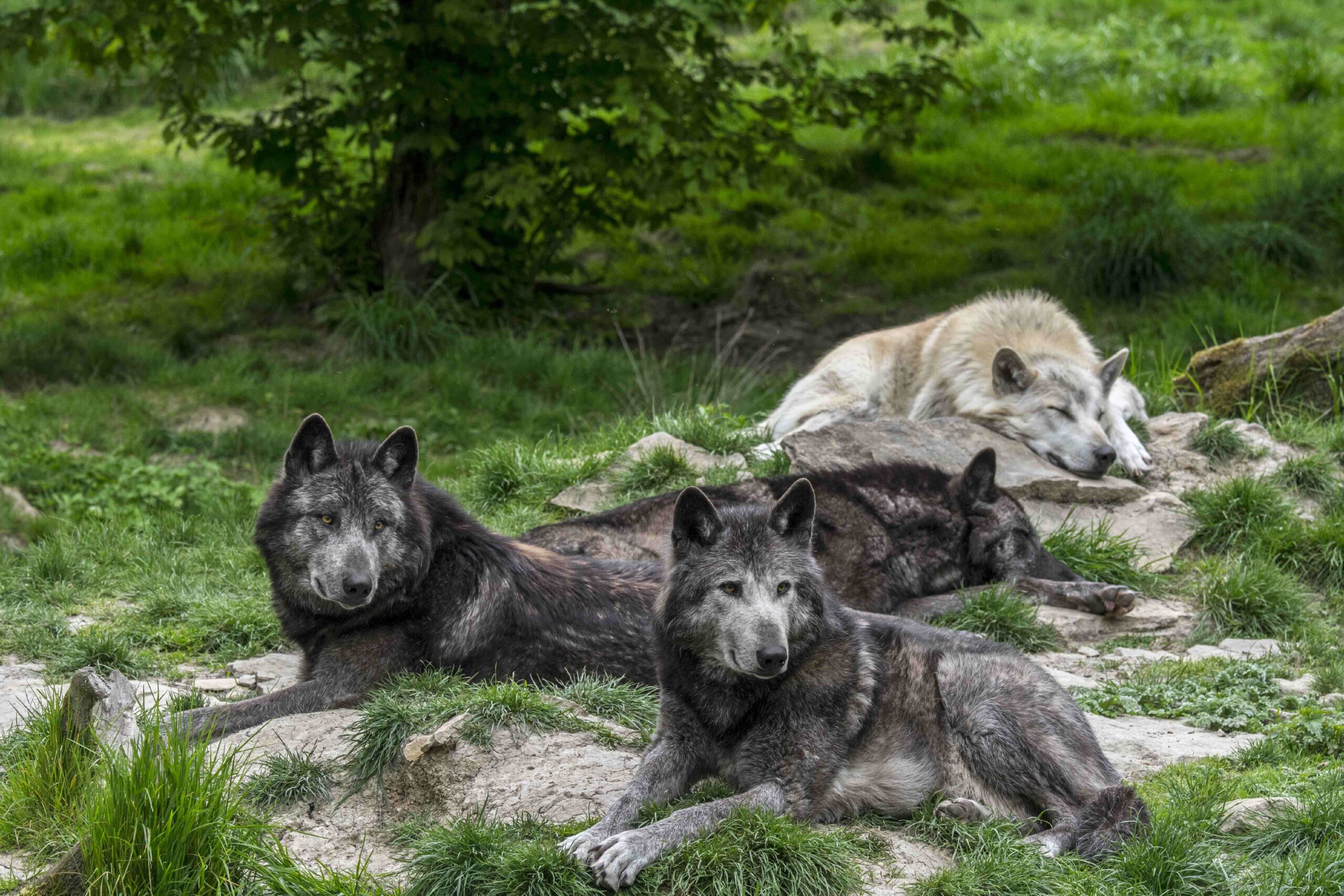
The Hidden Carnage: How the US Government Kills Millions of Animals for Agriculture
A little-known arm of the federal government, operating with a chilling efficiency, systematically exterminates millions of wild animals each year, employing methods that range from firearms and lethal poisons to brutal traps designed to ensnare and kill. This grim operation is carried out by the US Department of Agriculture’s (USDA) Wildlife Services, an agency whose innocuous name belies the shocking scale of its activities. In 2024 alone, the agency’s body count reached nearly 2 million animals, a staggering figure that exposes a dark underbelly of American agriculture and its impact on wildlife.
Newly released data reveals the diversity of the victims. Over 2,000 green iguanas, almost 1,700 red-tailed hawks, and 614 armadillos were among the casualties. The agency even inadvertently killed a golden eagle, a species afforded federal protection, highlighting the indiscriminate nature of their methods.
Wildlife Services justifies its actions by citing the need to mitigate inconveniences or dangers posed to humans. Some of their work, while disturbing, appears to have a semblance of logical rationale. For instance, the agency kills certain animals, even native species, to safeguard endangered or threatened populations. They also eradicate birds near airports to prevent potentially catastrophic collisions with airplanes. However, even in these instances, there’s a growing movement advocating for non-lethal solutions, such as relocating the birds instead of killing them.
The true extent of the agency’s mission becomes clear when examining the primary targets. A startling 75% of the animals killed fall into just four categories: coyotes, European starlings, feral hogs, and pigeons. These species share a crucial characteristic: they frequently come into conflict with the interests of animal agriculture. In essence, Wildlife Services functions as a hired gun for the meat and dairy industries, protecting their profits at the expense of wildlife.
Carter Niemeyer, a former Wildlife Services employee who worked in the agency and related programs for over three decades, confirmed this role. "We were the hired gun of the livestock industry," he stated, recalling his time specializing in killing predators like coyotes and wolves suspected of preying on cattle and sheep grazing on open pastures.
The sheer scale of land devoted to beef ranching in the United States – over one-third of the continental US – creates inevitable conflicts with wildlife. Wild animals naturally wander onto the fields where cattle graze, making livestock producers a significant client for Wildlife Services. Furthermore, over 100 million acres are dedicated to cultivating feed crops like corn and soy for cows, pigs, and chickens. These vast fields offer a tempting food source for wild animals, leading to their often deadly encounters with the agency.
The consequences of animal agriculture extend beyond direct conflicts. Over decades, vast stretches of wildlife habitat in the US and across the globe have been cleared or degraded to accommodate meat production. When wildlife poses even a minor threat to this production, they risk being shot or poisoned by the US government.
The methods employed are often particularly cruel. European starlings, for instance, are frequently poisoned with Starlicide, a toxic chemical developed jointly by pet food giant Purina Mills and the USDA. This substance slowly and painfully kills the birds over hours by damaging their hearts and kidneys. Wildlife Services killed over 1.2 million starlings last year using this method. Many other wild birds are killed to prevent them from consuming fish from fish farms or spreading diseases within these operations.
The killing of coyotes, wolves, and other large predators is perhaps the most controversial aspect of Wildlife Services’ program. These animals, often referred to as "keystone species," play a vital role in maintaining the ecological balance of their respective ecosystems. Conservation groups, wildlife researchers, and even some former agency employees argue that the threat these animals pose to livestock is often exaggerated.
Ranchers, they contend, have a financial incentive to claim that their animals were killed by wolves, as the USDA provides compensation for such losses. Within Wildlife Services, some former employees have reported a culture of prioritizing the interests of ranchers, leading to biased decision-making.
Niemeyer, the former Wildlife Services employee, has described the tendency to blame livestock deaths on coyotes and wolves as "hysteria." This hysteria, according to University of Wisconsin-Madison environmental science professor Adrian Treves, can be traced back to America’s early European settlers, who mistakenly believed that eradicating wolves was essential for successful livestock production.
Despite the bleak picture, there are some glimmers of hope. While the kill count remains high, Wildlife Services also employs non-lethal methods to deter animals, and has managed to reduce its annual killings over the past 15 years, although the total remains comparable to figures from the early 2000s.
The agency has also begun investing more in non-lethal strategies to keep wildlife away from livestock and their feed. These include the use of guard dogs, electric fencing, audio/visual deterrents, bird repellent research, and fladry – tying flags along fences to scare off predators.
However, advocates and experts believe these efforts are insufficient. Professor Treves expressed skepticism about the possibility of meaningful change. The core issue, they argue, lies in the prioritization of animal agriculture over wildlife conservation.
While urban and suburban sprawl are often cited as major threats to wild animals and their habitats, the real culprit, according to many experts, is agricultural sprawl, driven by high levels of meat and dairy consumption. The government force deployed to protect this system, Wildlife Services, poses the most significant threat to America’s wildlife. The agency’s actions reveal a disturbing truth about the hidden costs of our food choices, highlighting the urgent need for a more sustainable and compassionate approach to agriculture that prioritizes the well-being of both humans and the natural world. The current system allows for a quiet, systematic slaughter of millions of animals, often out of sight and out of mind, demanding closer scrutiny and a fundamental shift in priorities.
